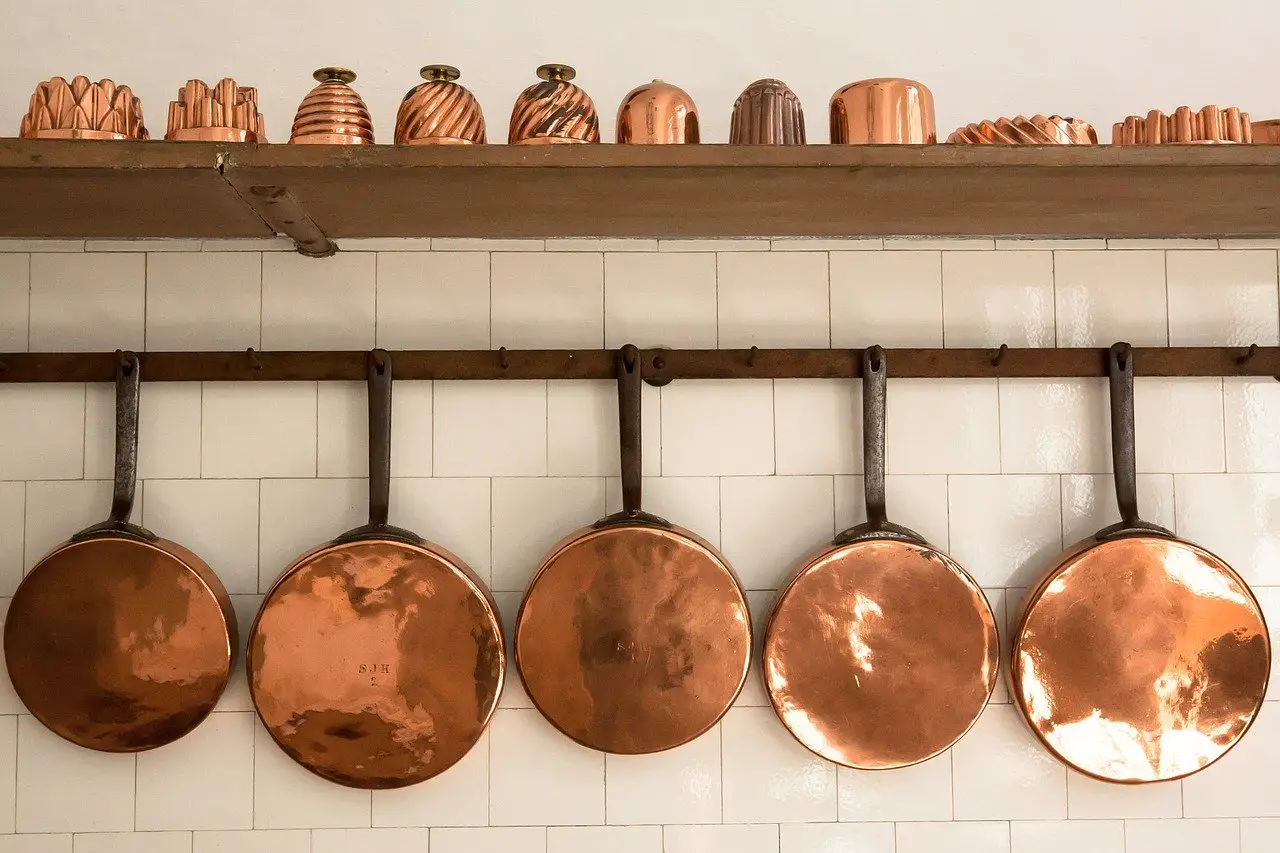Do you know how you best take care of your frying pans so that they last longer? Various materials such as cast iron, Teflon and ceramic boilers require special treatment for best and most durable results.
Cast Iron Boilers
The heavy cast iron pans are sturdy and durable in themselves. With the right treatment, a cast iron boiler can last for many years. Therefore, they fit well into a sustainable way of consuming and cooking. There are, for example, cast iron pans made of recycled scrap iron from e.g. trucks and old railroad tracks.
Cast iron pans are particularly well suited if you are going to cook at very high heat or keep a constant low temperature. The pan itself is treated with oil during preparation to make the food easier to loosen. It also means that they require a special treatment.
How to wash a cast iron pan
Rule number one is never to wash with detergent. All types of detergent destroy the oiled base so that the food is burnt more easily. A cast iron pan should only be washed with warm water and a clean brush. You can wipe with paper towels if the pan is very greasy so you do not have grease stains on the dish towels.
Refresh the coating in the cast iron pan
If your cast iron pan has become a bit worn and sticky at the bottom, there is help to get. With this guide, your frying pan will soon be new again.
Pour salt into the pan to cover the bottom and place on a hob with the highest heat. It is also a good idea to open the window while cleaning the frying pan.
Leave the pan on for half an hour and stir in the salt every five minutes. The salt absorbs grease and dirt from the bottom of the pan so it is important that you stir continuously so that the bottom is constantly in contact with new, clean salt.
Remove the pan from the plate and allow it to cool. Pour the salt into the garbage and wash the pan thoroughly in warm water. When the pan is washed, do not wipe it off. Just put it back on the plate on the plate at medium heat and allow the water to evaporate by itself.
Pour 1 – 2 dl of cooking oil into the pan and leave it on medium heat for 15 minutes. Then set the pan aside and leave to soak in the oil for 12 hours. Then heat it for another quarter and leave for another 12 hours without heat. Depending on how worn your frying pan is, you can heat the oil up to 4 times at 12 hour intervals each time.
Finally pour the oil and wash the pan in hot water. Finish by lubricating the bottom with some cooking oil.
Ceramic frying pans
A ceramic frying pan is often well suited for induction as it can withstand the rapid and powerful heat generation. The ceramic boiler also stands up to scratches and scratches, e.g. if you need to whisk a sauce with a metal whisk. However, food gets stuck more easily in the bottom. You must therefore always use food grease (butter or oil) when frying in a ceramic pan.
How to clean a ceramic frying pan
Unlike the cast iron pan, a ceramic frying pan can withstand dishwashing detergent. It is important that you properly clean the pan and rub away food debris after each use. Otherwise, these will burn more and more firmly to the bottom every time you put the frying pan on the stove.
Teflon pans
The big advantage of a Teflon pan is that the food does not get stuck so easily. For example, some food cook completely without having any food fat in the pan. In addition, Teflon boilers are easy to clean. The problem with Teflon is instead that it is easily scratched and destroyed by metal kitchen utensils. Therefore, always use baking soda and whisk in plastic when cooking in a teflon pan.
Previously, there was a debate about whether Teflon could be toxic, but the answer is that Teflon is broken down and passed on to food first at 350 ℃. At such a high temperature, all food is totally inedible anyway, so you don’t have to worry about getting teflon in the food. But do not put a Teflon pan on a hot plate without food, because it comes up easily in very high temperature.
Washing a Teflon pan
A teflon pan is washed with detergent just like the ceramic frying pan. Thanks to its special surface, it is often very easy to get food scraps to let go.

